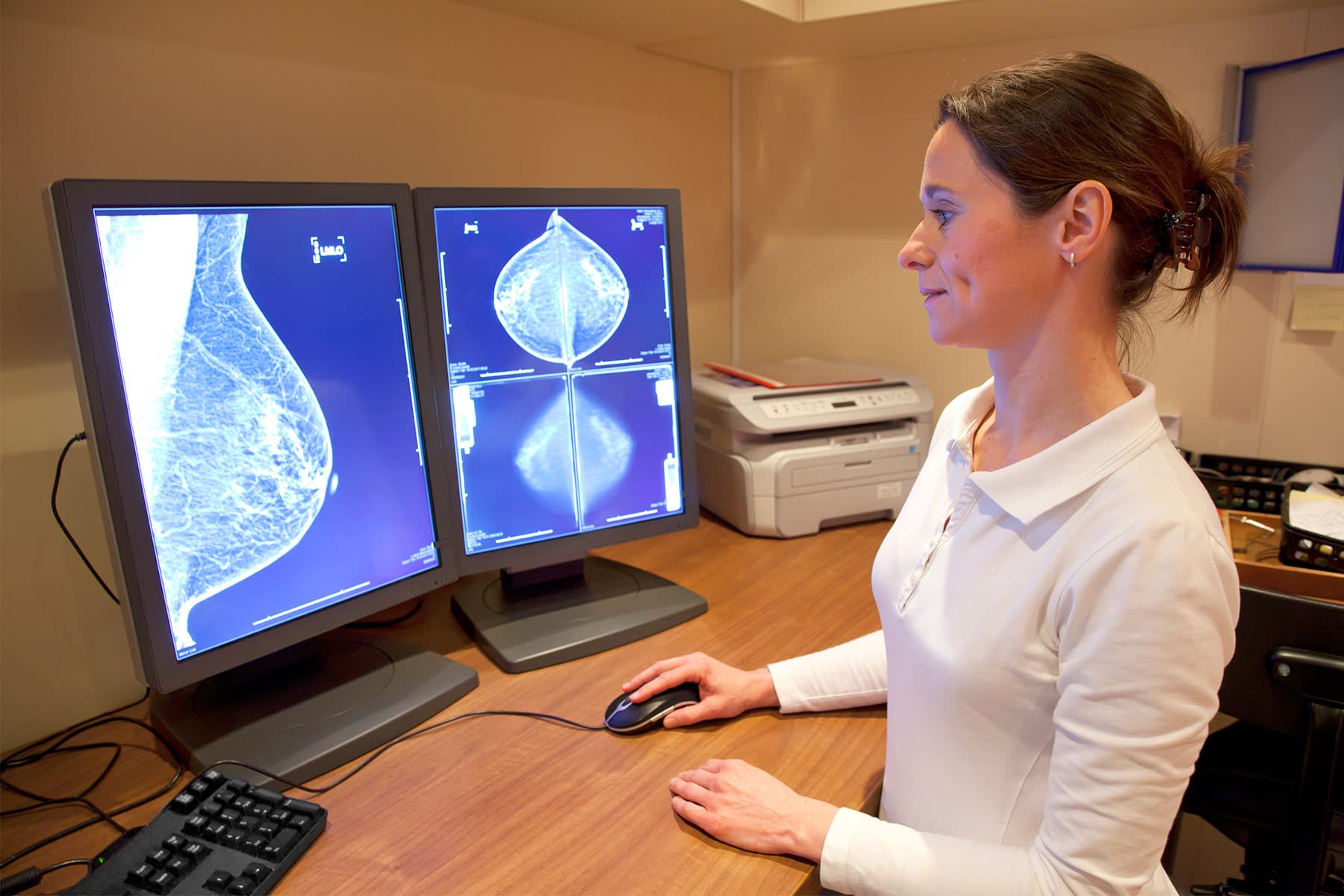
Besides skin cancer, breast cancer is the next most prevalent type of cancer among women in the US. And while it can occur on the breast cells of both men and women, breast cancer is by far most common in women.
Despite the massive support for breast cancer awareness, diagnosis, and treatment, it is still the fifth leading cause of cancer-related deaths. However, this does not mean that the efforts remain futile. The survival rates are now higher, and the death rate continues to decline.
Scientists attribute these achievements to the following advances:
1. Node Preservation
Initially, patients underwent routine axillary lymph node removal from the armpit during breast cancer surgery. The process was traumatizing, painful, and sometimes caused numbness. Even worse, some patients experienced lymphedema.
The introduction of sentinel node mapping remains phenomenal. Surgeons can now accurately identify which nodes can remain and those that should go. Through targeted axillary dissection, surgeons can preserve a considerable number of nodes. The result is fewer complications and reduced cases of lymphedema.
2. Oral Option for Targeted Therapy
PARP inhibitors were for a long time only used for treating ovarian cancer. However, the targeted therapy is now a popular method for treating breast cancer, too. Like in ovarian cancer, PARP inhibitors work by preventing specific cancer cells from repairing themselves after damage.
While breast cancer has remarkably fewer mutations than any form of ovarian cancer, PARP inhibitors still can exploit and prevent them from repairing themselves. Many scientists see this as an exceptional advancement in the treatment realms.
3. Genomic Testing Reduces Exposure to Chemotherapy
For decades, chemotherapy was a standard treatment procedure for patients with breast cancer. But since recent studies proved that chemotherapy is non-beneficial to up to 85% of patients aged above 50 years, not every patient has to go through chemotherapy.
Through genome testing, doctors can now determine those who can benefit from chemotherapy and those who cannot. The process helps to minimize the chances of overtreatment while still receiving the same results.
Key Takeaway
While there are more than these three advances, many patients or caregivers do not know about them. The trick is to consult your doctor or clinic. An ideal example of a treatment center that will furnish you with all the information is the City of Hope breast cancer Newport Beach Clinic.
